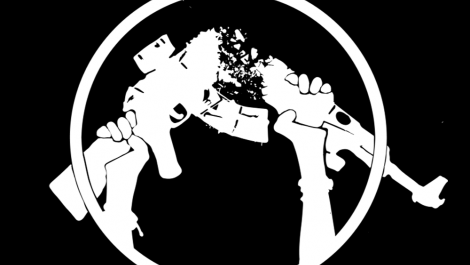Stay up to date with our international antimilitarist activism.
Stop Prosecuting Turkish Cypriot Conscientious Objector Hasan Rahvancıoğlu
Connection e.V., EBCO, IFOR and WRI strongly condemn the prosecution of conscientious objector Hasan Rahvancıoğlu, whose trial is scheduled for 27 November 2025 before the Security Forces Court in the self-declared state of Turkish Republic of Northern Cyprus. This is a clear violation of the fundamental human right to conscientious objection to military service, and we call on the authorities in the "TRNC" to immediately dismiss all charges.
Cyprus (North): Trial of conscientious objector Hasan Rahvancıoğlu postponed: He will face three separate cases
The trial of Turkish Cypriot conscientious objector Hasan Rahvancıoğlu, who is being prosecuted for refusing to comply with a mobilisation call, was held on November 27 at the military court in Nicosia.
Call for Inputs: UN OHCHR Report on Conscientious Objection to Military Service
The Office of the United Nations High Commissioner for Human Rights has opened a call for inputs to inform its upcoming report on conscientious objection to military service, which will be presented to the Human Rights Council at its 62nd session in June 2026. The deadline for submissions is 15 January 2026.
Genocide in Sudan, the role of the UAE, and the complicity of the West
The RSF militia is committing genocide in Darfur in western Sudan, in the course of its civil war with Sudan's military rulers. The RSF is armed by the UAE, a western ally in the Gulf which receives huge arms supplies from France, the US, the UK and others. UK military equipment sold to the UAE has been found in the hands of the RSF. The UK and other countries must stop arming UAE now and make concerted efforts to end the war and the genocide.







